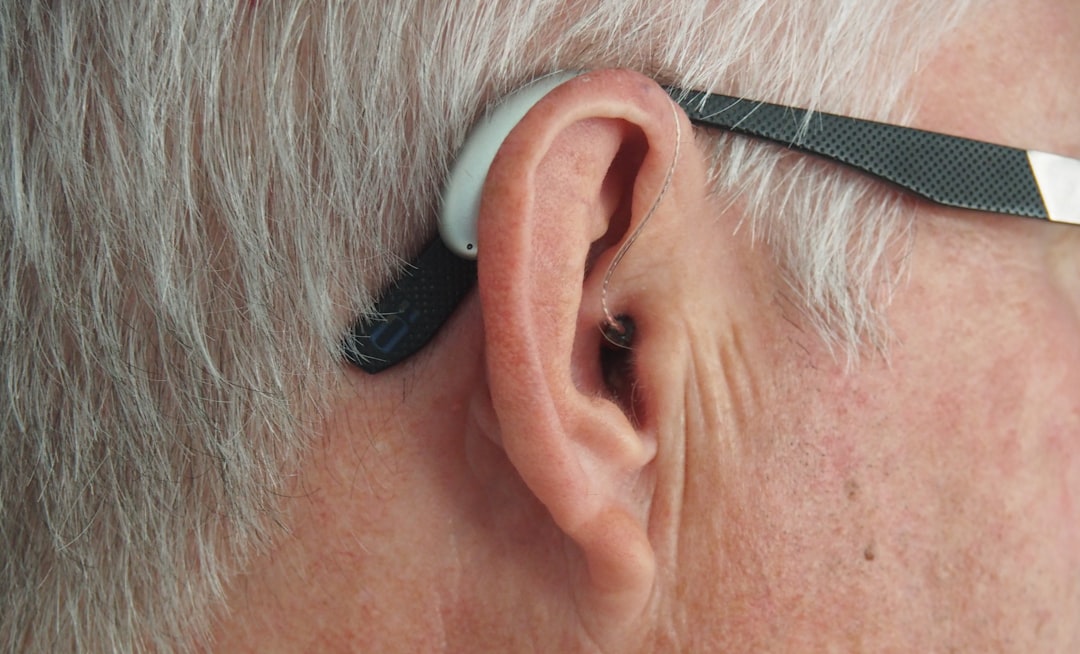Our hearing is one of our most important senses, connecting us to the world and to one another. Despite its significance, many people overlook signs of hearing loss or wait too long before seeking help. Fortunately, with advancements in technology, it’s now easier than ever to assess your hearing health from the comfort of your own home. At-home hearing tests are convenient, accessible, and can be a valuable first step in identifying potential hearing issues. But how do they work, and what should you know before trying one?
Understanding At-Home Hearing Tests
At-home hearing tests are designed to evaluate your ability to hear different sounds, frequencies, and speech volumes without needing to visit a clinic or audiologist’s office. These tests are available in several forms, including online assessments and dedicated hearing test apps, and they provide a quick and easy way to screen for hearing loss.
While at-home hearing tests should not replace a comprehensive hearing evaluation by a professional, they are ideal for individuals who:
- Suspect early signs of hearing loss
- Need a convenient way to check their hearing regularly
- Live in remote areas with limited access to audiological services
- Want to track their hearing as they age

How At-Home Hearing Tests Work
The mechanics of an at-home hearing test depend on the method used. The most common formats include:
1. Online Hearing Tests
Many websites offer free online hearing assessments. These typically involve listening to a series of tones at varying frequencies and volumes, or recognizing spoken words in different levels of background noise. The process often follows these steps:
- Use a quiet environment with minimal background noise.
- Wear headphones for optimal accuracy.
- Follow on-screen instructions to listen to different tones or speech patterns.
- Click or tap your response according to what you hear.
Once finished, the test typically provides a result indicating whether your hearing falls within normal limits or suggests potential hearing loss.
2. Smartphone and Tablet Apps
Several mobile apps are available to test your hearing. Some are created by hearing aid manufacturers, while others are designed in collaboration with audiologists. These apps are convenient and often include advanced features, such as speech recognition and calibrated tone screening. The steps typically include:
- Download the app from a trusted provider.
- Calibrate your device and headphones as instructed.
- Complete a series of tests assessing each ear separately.
- Review your results and receive recommendations based on your performance.
Some apps also track hearing over time, allowing users to identify gradual changes or deterioration.
3. Mail-Order Tests and Devices
For those who prefer a more thorough or tactile approach, mail-order hearing tests and devices are also available. These may include:
- Calibrated headphones connected to a testing device
- Step-by-step testing guides
- Return envelopes or apps to send results to a hearing professional
These options may be slightly more accurate than online or app-based solutions, especially if they come from reputable providers and include guidance from professionals.
Benefits of Hearing Testing at Home
There are several advantages to conducting a hearing assessment at home, particularly for those unsure about booking a full audiology appointment.
1. Convenience
You can take the test at any time, without needing to fit into a clinic’s schedule. This flexibility is especially useful for busy individuals or those with mobility challenges.
2. Privacy
If you’re hesitant about acknowledging hearing loss, a private test can provide reassurance or motivation to seek professional advice.
3. Early Detection
Regular home testing can help detect minor hearing issues before they become more serious. Early detection is key to preventing further damage and maintaining quality of life.
4. Cost-Effective
Most at-home tests are free or inexpensive, making them an affordable way to monitor your hearing over time.
Limitations of At-Home Tests
While at-home hearing tests serve a critical screening purpose, they cannot replace professional, in-office audiology assessments. Some key limitations include:
- Limited Accuracy: Ambient noise, uncalibrated headphones, or user error can affect results.
- Lack of Diagnosis: These tests can reveal potential hearing loss but cannot diagnose underlying causes, such as ear infections, earwax buildup, or nerve damage.
- Generalization: Most apps and websites use standardized tones, which may not account for specific hearing profiles or conditions.

Therefore, if you receive results indicating hearing loss, it’s essential to follow up with a professional audiologist for a full evaluation and personalized care plan.
What to Look for in a Reliable Home Hearing Test
Not all hearing tests are created equal. When choosing an at-home hearing assessment, consider the following criteria to ensure reliability:
- Scientific Validation: Select tests supported by audiological research or developed alongside licensed professionals.
- Accuracy: Look for apps or websites that calibrate for optimal audio output and support high-quality headphones.
- Ease of Use: The interface should be user-friendly, with clear instructions and feedback.
- Follow-Up Options: Some platforms offer results that can be forwarded to hearing specialists or come with resources for next steps.
Signs You Might Need a Hearing Test
If you’re unsure whether to take an at-home hearing test, be aware of the common signs of hearing issues:
- Frequently asking people to repeat themselves
- Trouble understanding speech in noisy environments
- Turning up the volume higher than usual on TVs or devices
- Difficulty hearing conversations on the phone
- Feeling that others are mumbling or speaking too softly
These symptoms can indicate early or moderate hearing loss and should not be ignored.
What Comes After the Test?
Receiving your results from an at-home test is just the beginning. If your results indicate normal hearing, that’s great news, but regular testing is still recommended, especially with advancing age. If the results suggest some hearing loss, don’t panic. Many people live full lives with mild to moderate hearing impairment — especially when addressed early.
Your next steps may include:
- Scheduling a professional audiogram with a licensed audiologist
- Investigating potential causes of hearing loss
- Exploring treatment options such as hearing aids or auditory therapy
- Adjusting your environment to reduce strain, such as reducing background noise during conversations
Conclusion
At-home hearing tests have made hearing health more accessible than ever. With multiple options available online, through mobile apps, or mail-order kits, it’s possible to get a clear picture of your auditory health without stepping foot in a clinic. While not a replacement for professional examination, these tests provide an essential first step toward identifying hearing loss early and taking proactive measures.
Consider incorporating a hearing test into your annual health check-up routine. Your hearing is too important to ignore—and now, with easy tools available at your fingertips, there’s no excuse not to listen to what your ears might be telling you.







